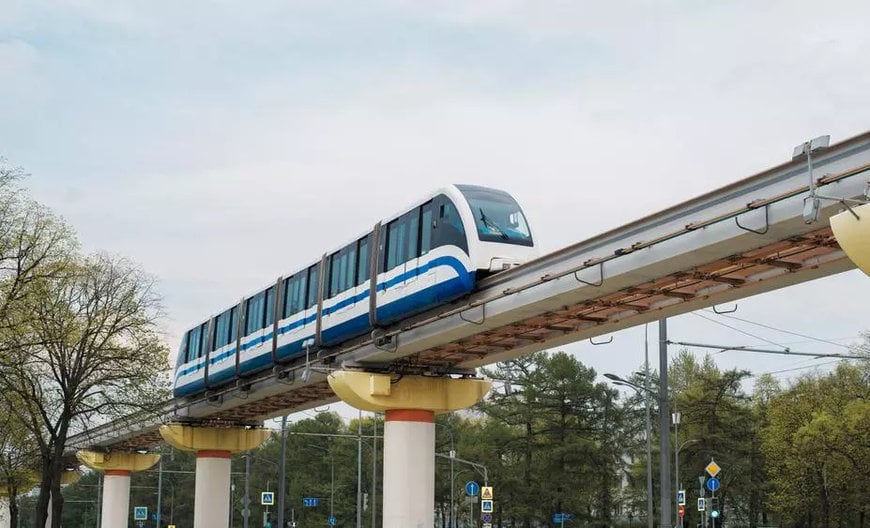railway-international.com
20
'24
Written on Modified on
Advanced Cybersecurity Tactics for Train Operators
Railway operators are increasingly reliant on data-driven technologies for efficient and safe operations. This reliance, however, brings forth significant cybersecurity challenges.

Understanding the Data Landscape in Railway
Railway operations generate and utilize vast amounts of data, from passenger information to operational and control systems data. This data is crucial for daily operations, planning, and emergency response. However, it also makes railways a target for cyber-attacks.
Where these are the key cyber threats:
Railway operations generate and utilize vast amounts of data, from passenger information to operational and control systems data. This data is crucial for daily operations, planning, and emergency response. However, it also makes railways a target for cyber-attacks.
Where these are the key cyber threats:
- System Intrusions: Hacking into control systems to disrupt operations
- Data Breaches: Unauthorized access to sensitive passenger or operational data
- Insider Threats: Risks posed by employees or contractors with access to critical systems
Cybersecurity Essentials for Railway Operators
To enhance cybersecurity within the railway sector, various proactive strategies are fundamental:
To enhance cybersecurity within the railway sector, various proactive strategies are fundamental:
- Data Encryption: Encrypting data both in transit and at rest is fundamental. This ensures that even if data is intercepted, it remains unreadable to unauthorized users
- Network Segmentation: Dividing the network into segments can prevent the spread of cyber threats and limit access to critical data
- Access Control and Authentication: Implementing strict access controls and robust authentication mechanisms is critical to ensure that only authorized individuals have access to sensitive systems and data
- Regular Vulnerability Assessments and Penetration Testing: Consistently testing systems for vulnerabilities and potential entry points for cyber-attacks helps in identifying and mitigating risks proactively
- Data Loss Prevention (DLP) Strategies: Implementing DLP tools can help in monitoring and controlling data transfer, preventing unauthorized data leaks or theft
Building a Culture of Cybersecurity Awareness
- Employee Training: Regular training sessions for employees on cybersecurity best practices and recognizing potential threats are crucial.
- Creating Cybersecurity Policies: Clear policies regarding data handling, device usage, and reporting of security incidents should be established and communicated to all staff.
Incident Response and Recovery Planning
Developing a comprehensive incident response plan is crucial. This includes procedures for identifying, containing, and recovering from a cyber incident, as well as communication strategies to manage stakeholder expectations during a crisis.
Compliance with Regulations and Standards
Staying compliant with national and international cybersecurity standards (e.g. ISO 27001 and IEC 62443) and regulations is crucial. This not only ensures legal compliance but also aligns railway cybersecurity practices with global best practices.
Implementing cybersecurity is not just about protecting data; it’s about ensuring the safety and trust of millions of passengers. By adopting these essentials of cybersecurity, railway operators can significantly bolster their defenses against the ever-evolving cyber threats in the digital landscape.
Developing a comprehensive incident response plan is crucial. This includes procedures for identifying, containing, and recovering from a cyber incident, as well as communication strategies to manage stakeholder expectations during a crisis.
Compliance with Regulations and Standards
Staying compliant with national and international cybersecurity standards (e.g. ISO 27001 and IEC 62443) and regulations is crucial. This not only ensures legal compliance but also aligns railway cybersecurity practices with global best practices.
Implementing cybersecurity is not just about protecting data; it’s about ensuring the safety and trust of millions of passengers. By adopting these essentials of cybersecurity, railway operators can significantly bolster their defenses against the ever-evolving cyber threats in the digital landscape.

